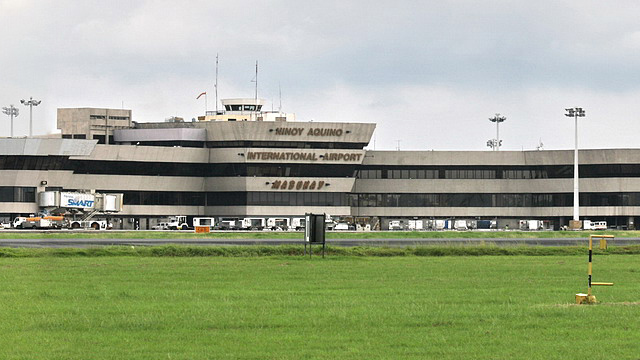SUMMARY
This is AI generated summarization, which may have errors. For context, always refer to the full article.

MANILA, Philippines – The Ninoy Aquino International Airport Terminal 1 (NAIA-1) was again rated by a travel site as the world’s worst airport for 2013.
Visitors of travel site “The Guide to Sleeping in Airports” selected the congested NAIA-1 facility located within the Philippines’ main gateway as the worst in the world and in Asia. The site released the latest rankings on Tuesday, October 15.
NAIA 1 was also No. 1 in the list in 2011. It ranked 5th-worst in 2010.
The rankings were based on the following factors:
- Comfort: Metallic seating and armrests, crowded terminals and limited seats, delays or layovers.
- Conveniences: Bad signage in terminals, difficult transfers, lack of 24-hour food, and nothing to do in transit.
- Cleanliness: dirty floors, bathrooms and food courts.
- Customer Service: unfriendly staff, airport scams, anti-airport sleeper policies, immigration officers who prefer to play Angry Birds than process travellers
Nothing new
Malacañang said these concerns are already being addressed. “This [issue] is not something new,” said presidential spokesperson Edwin Lacierda in a press briefing on Thursday, October 17.
Lacierda reiterated the government is redesigning and restructuring the airport facility, which has been bursting at the seams for over a decade now.
Efforts to upgrade NAIA-1 commenced two years ago as a response to criticisms raised by travelers who voted in polls conducted by The Guide to Sleeping in Airports as well as other sites. (READ: What’s the real score in NAIA 1 project)
These efforts were delayed however as the agency in charge of airports – the Department of Transportation and Communications (DOTC) – underwent a change in leadership. There were also delays in the process of choosing the designers, engineers and architects for the planned upgrade. (READ: Rivals to partners: Cobonpue, Locsin to make over NAIA-1)
DOTC secretary Joseph Emilio Abaya, who replaced Mar Roxas at the agency, earlier announced that internationally renowned designers Kenneth Cobonpue and Budji Layug and architect Royal Pineda are among those involved in efforts to beautify NAIA-1, which accommodates over 56% of passengers arriving in the country and departing for abroad.
Interim plans, final strategy
An over 3-decade-old structure, NAIA-1 is one of 4 terminals in the Manila airport, which was named after the father of President Benigno Aquino III. NAIA-1 hosts all the international flights of foreign airlines, which have long been complaining about lack of space, rickety facilities, and other problems of an old and congested terminal.
The government had planned on transferring these airlines to the sprawling NAIA Terminal 3 (NAIA-3), which was envisioned to be a modern and high-tech aviation facility when it was being built.
NAIA-3 was supposed to have been opened in 2002, but it was mothballed for years due to legal, structural and financial issues.
The Arroyo administration cancelled the contract it signed with the private consortium that built the terminal due to irregularities.
Separate arbitration cases filed by Filipino firm Philippine International Air Terminals Company and German airport operator Fraport against the Philippine government in Singapore and Washington courts took years and cost billions of dollars.
In the meantime, only half of NAIA-3 was found structurally safe when it opened for commercial operations in 2008. Foreign airlines could not transfer their operations to the terminal since the required security checks and automatic baggage handling needs of passengers were yet to be addressed. (READ: Aquino on NAIA-3 delays: Please bear with me)
While government was trying to resolve NAIA-3 issues, it also eyed to transfer all or some of NAIA’s international operations to the Clark International Airport, which has more space. The former US aviation facility in Pampanga is about 100 kilometers away from NAIA.

Plans for Clark also faced challenges. Accessibility became an issue when Northrail, a train project that was supposed to link Manila and Clark, was suspended because of anomalies.
The Aquino government has yet to decide on the country’s airport strategy to address passenger complaints. – Rappler.com
Add a comment
How does this make you feel?
There are no comments yet. Add your comment to start the conversation.